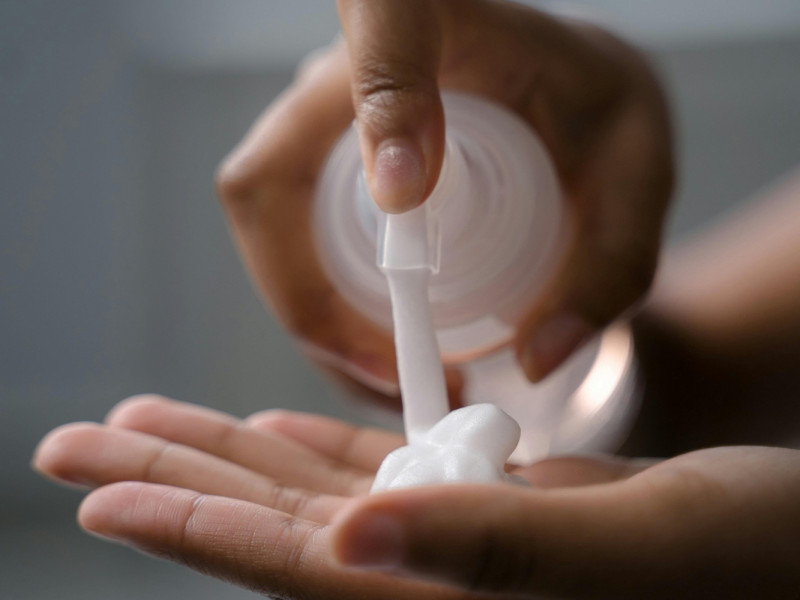In the fast-paced and highly competitive beauty industry, establishing a strong and unique brand identity is key to standing out and building long-term success.
Your brand identity is essentially the personality and image that your brand presents to the world. It includes everything from your logo and colors to your messaging, your values, and the overall experience you offer to your customers.
A well-crafted brand identity resonates deeply with your target audience, sets the tone for all your marketing efforts, and helps foster loyalty. Let’s dive into the key steps to build a powerful brand identity in the beauty industry.
1. Define Your Brand’s Core Values and Purpose
Before you can start designing your visual identity or creating marketing strategies, it’s essential to define what your brand stands for. What are your core values? Why does your brand exist? What problems do you solve for your customers?
A beauty brand with a clear sense of purpose and values will connect more deeply with consumers, especially in an era where customers increasingly make purchasing decisions based on a brand’s ethical standpoint. For instance, some brands emphasize cruelty-free products, while others focus on inclusivity or sustainability. Whatever your brand’s focus, make sure it resonates with your target audience.
Example: If your brand emphasizes sustainability, ensure that your messaging and your product offerings align with that value. Incorporate eco-friendly packaging, highlight your sustainable sourcing practices, and be transparent about your environmental impact.
2. Understand Your Target Audience
Creating a compelling brand identity requires understanding your customers’ needs, desires, and behaviours. By identifying your target market, you can tailor your messaging, product offerings, and overall brand experience to resonate with them more effectively.
Ask yourself:
- What age group is your target audience?
- What are their beauty concerns or needs?
- What are their buying habits and preferences?
- Where do they spend their time online or offline?
Knowing your audience inside out allows you to craft personalized messaging, imagery, and experiences that speak directly to them. The beauty industry is vast, but your brand’s identity should cater to a specific group—whether it’s luxury skincare lovers, eco-conscious beauty enthusiasts, or young makeup artists.
3. Create a Unique and Memorable Visual Identity
Your brand's visual identity is the first thing customers will notice, and it plays a crucial role in how they perceive your brand. It includes elements like your logo, typography, color palette, and overall design aesthetic. To make a lasting impression, your visual identity should be consistent and reflect your brand’s values and mission.
- Logo: Keep it simple but unique. A memorable logo should represent your brand's essence and be easily recognizable across different platforms and products.
- Color Palette: Colors evoke emotions, so choose hues that align with your brand’s personality. For example, earthy tones might convey sustainability, while bold and bright colors could appeal to a more youthful, fun-loving audience.
- Typography: Consistent use of typography across your brand’s materials helps to reinforce your visual identity and improve brand recognition.
Every visual element should feel cohesive, no matter where customers interact with your brand, whether on your website, social media, or product packaging.
4. Develop a Brand Voice and Messaging Strategy
Your brand voice is how you communicate with your audience through written and spoken content. Whether you’re crafting social media posts, email newsletters, or website copy, your tone should align with your brand’s personality and resonate with your target audience.
- Friendly and Conversational: If your brand targets millennials or Gen Z, you may want a more casual and friendly tone.
- Luxurious and Elegant: A high-end beauty brand might use sophisticated, refined language.
- Empowering and Inspirational: For a brand that focuses on self-love and empowerment, use language that encourages confidence and positivity.
Consistency in your messaging across all touchpoints—whether through ads, social media posts, or your website—helps establish trust and brand recognition. Be authentic, transparent, and always aligned with your brand values.
5. Craft a Compelling Brand Story
A brand story is one of the most powerful tools in creating a deep emotional connection with your audience. Your story should convey why your brand exists and what makes it unique. It’s an opportunity to share your journey, your motivations, and your mission in a way that resonates with your customers’ values.
A compelling brand story can be centered around your founder’s journey, the inspiration behind your products, or your commitment to solving a specific problem. For example, if your brand was founded to fill a gap in the market for inclusive beauty products, highlight that journey and make it central to your messaging.
When consumers feel like they are part of your story, they are more likely to become loyal customers and brand advocates.
6. Be Consistent and Build Brand Loyalty
The final step in building a strong brand identity is to ensure consistency across all customer touchpoints. Your visual identity, messaging, and brand story must align across your website, social media channels, product packaging, and customer interactions. Consistency reinforces your identity and helps build brand recognition.
Additionally, invest in customer loyalty programs, personalized experiences, and excellent customer service. The more consistently you deliver on your brand promises, the more trust and loyalty you’ll earn from your audience.
We’re creating beauty, differently.

